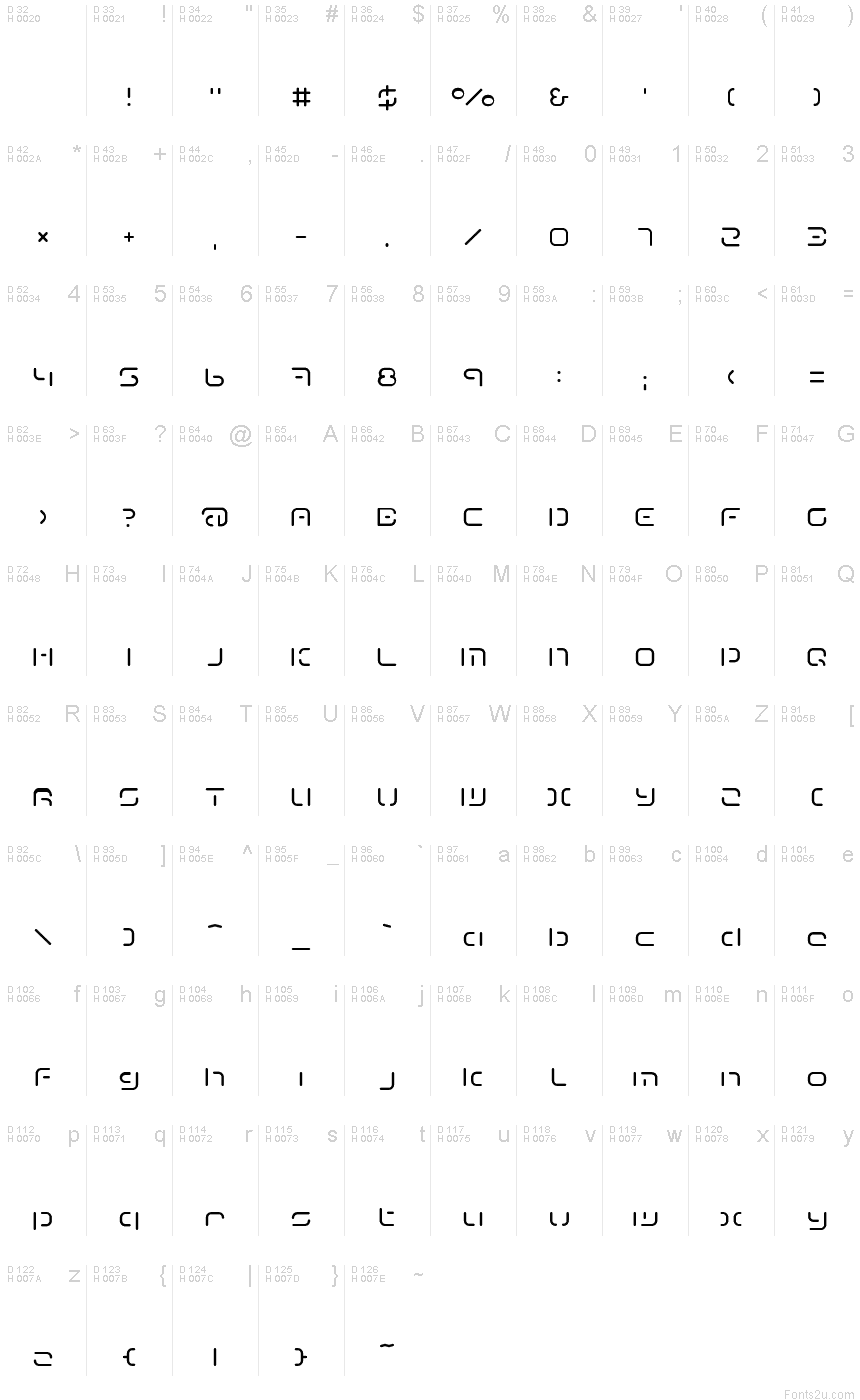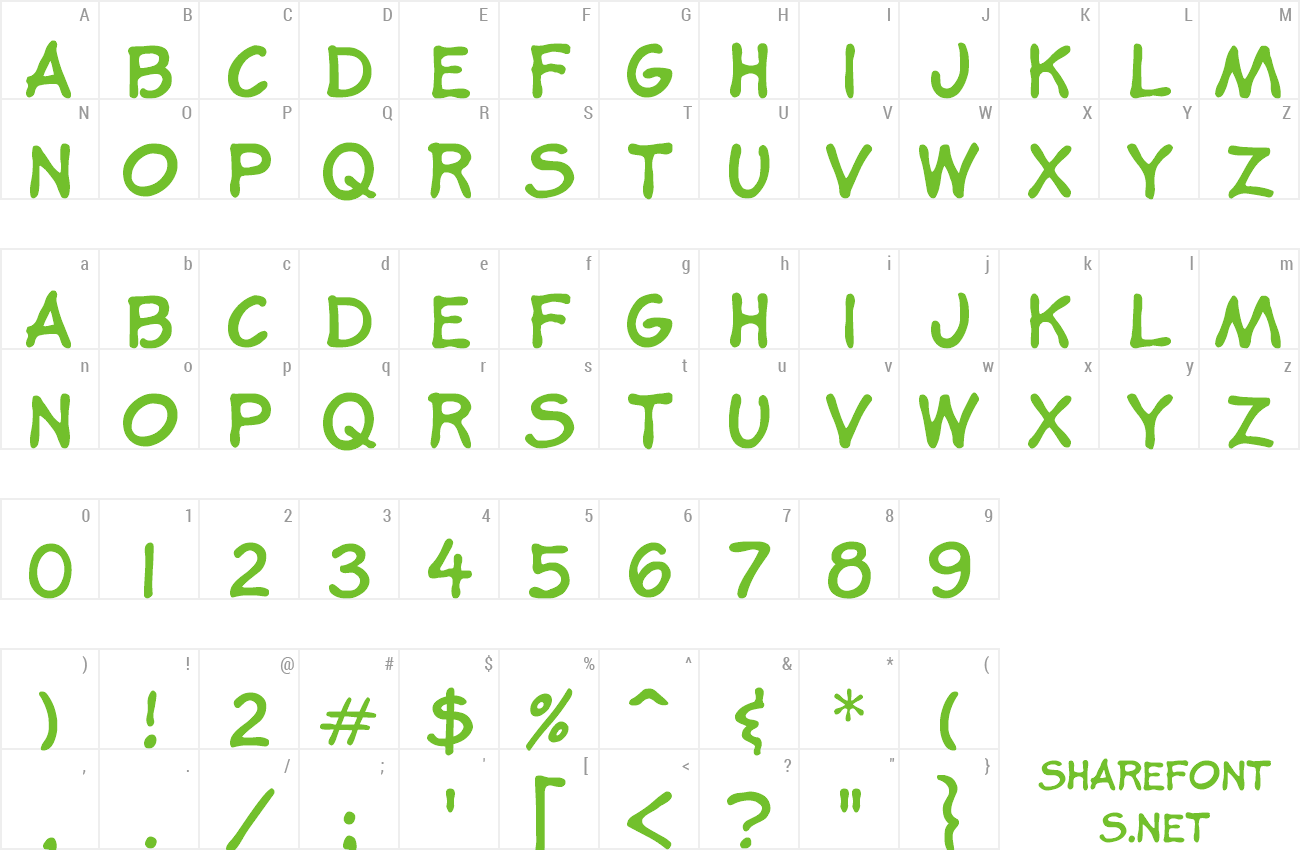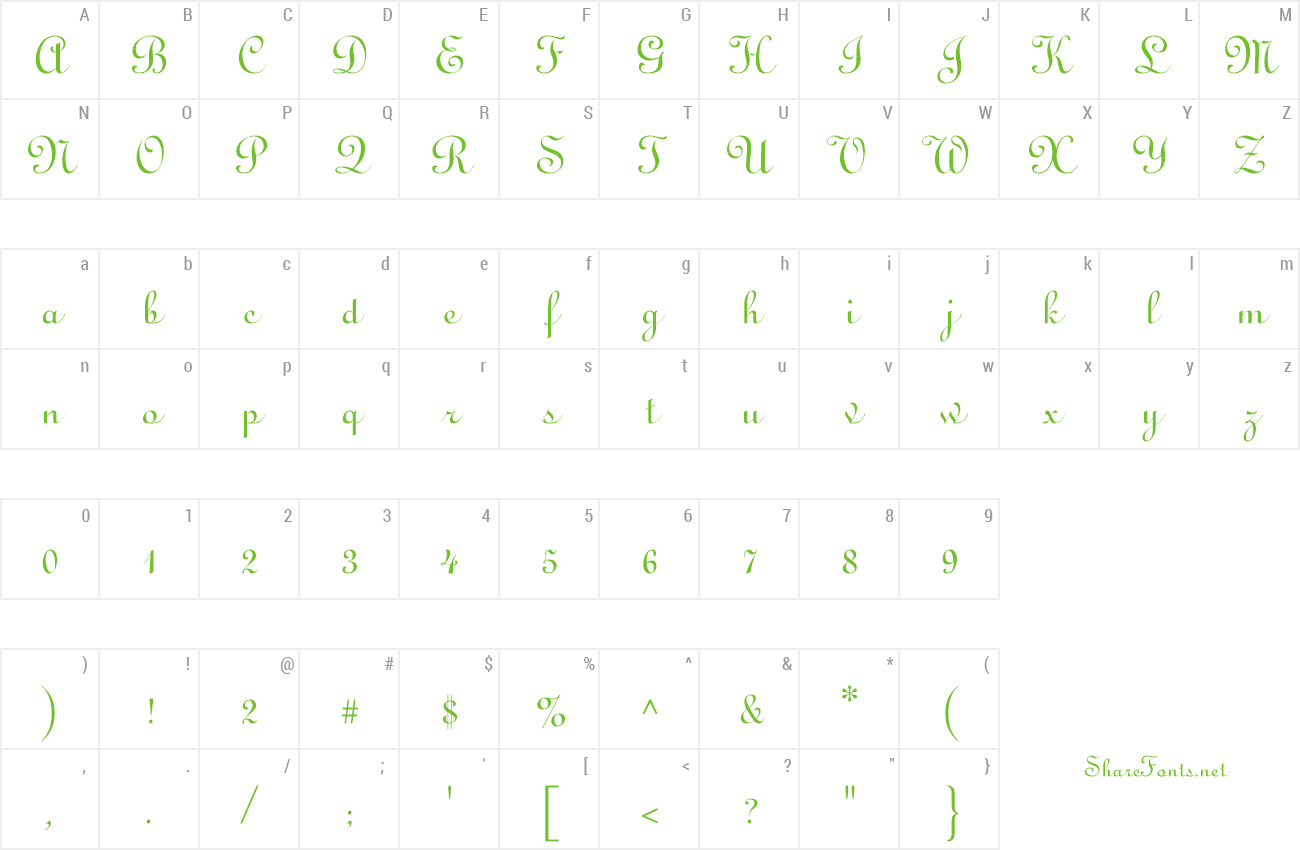

Starting from a random reward function, our gradient ascent critic optimization is able to find high performing reward functions which are competitive with ones that are hand crafted and those found through exhaustive search. We evaluate this method on three domains: a simple three room gridworld, the hunger-thirst domain, and the boxes domain. With each iteration, the gradient is computed based upon a trajectory of experience, and the reward function is updated. We use ordered derivatives, in a process similar to back propagation through time, to compute the gradient of an agent's fitness with respect to its reward function. The focus of this problem is on improving an agent's critic, so as to increase performance over a distribution of tasks. Abstract In this paper, we address the critic optimization problem within the context of reinforcement learning. These computational results suggest that near-optimal solutions can be reached more effectively and efficiently using SGHC algorithms.ġ. For comparison purposes, the associated generalized hill-climbing (GHC) algorithms are applied to the individual discrete optimization problems in the sets. Computational results using the SGHC algorithm for randomly generated problems for two of these examples are presented.

This paper discusses effective strategies for three examples of sets of related discrete optimization problems (a set of traveling salesman problems, a set of permutation flow shop problems, and a set of MAX 3-satisfiability problems).

SGHC algorithms are motivated by a discrete manufacturing process design optimization problem (that is used throughout the paper to illustrate the concepts needed to implement a SGHC algorithm). However, effective strategies are often apparent based on the problem description. The information used is determined by the practitioner for the particular set of problems under study. When an SGHC algorithm moves between discrete optimization problems, information gained while optimizing the current problem is used to set the initial solution in the subsequent problem. SGHC algorithms probabilistically move between a set of related discrete optimization problems during their execution according to a problem probability mass function. Many well-known heuristics can be embedded within the SGHC algorithm framework, including simulated annealing, pure local search, and threshold accepting (among others).
MACTERM FONT MAC
* CPP-DEFINES: Remove mentions of Mac Carbon.This paper introduces simultaneous generalized hill-climbing (SGHC) algorithms as a framework for simultaneously addressing a set of related discrete optimization problems using heuristics. * xresources.texi: Remove mentions of Mac Carbon. * display.texi: Remove mentions of Mac Carbon. * faq.texi: Remove mentions of Mac Carbon.

* MACHINES: Remove mentions of Mac Carbon. Src : mac.c macfns.c macgui.h macmenu.c macselect.c Mac/Emacs.app/Contents/Resources/English.lproj: Mac/Emacs.app/Contents/Resources: Emacs.icns document.icns
MACTERM FONT INSTALL
Mac : COPYING ChangeLog INSTALL README make-package Term.c termcap.c termhooks.h tparam.c window.c Process.c sysdep.c sysselect.h syssignal.h Src : ChangeLog Makefile.in atimer.c config.inĭispextern.h dispnew.c emacs.c fileio.c fns.cįringe.c image.c keyboard.c lisp.h lread.c Info.el isearch.el loadup.el mouse.el mwheel.el Lisp : ChangeLog Makefile.in cus-edit.el cus-face.elĬus-start.el disp-table.el faces.el frame.el Lib-src : ChangeLog emacsclient.c makefile.w32-in : ChangeLog INSTALL Makefile.in README configureĪdmin : CPP-DEFINES ChangeLog FOR-RELEASE admin.elĭoc/lispref : ChangeLog display.texi frames.texi os.texiĭoc/misc : ChangeLog faq.texi ns-emacs.texi emacs ChangeLog INSTALL Makefile.in README conf.Ĭhanges by: Dan Nicolaescu 08/07/27 18:24:49 Emacs ChangeLog INSTALL Makefile.in README conf.


 0 kommentar(er)
0 kommentar(er)
